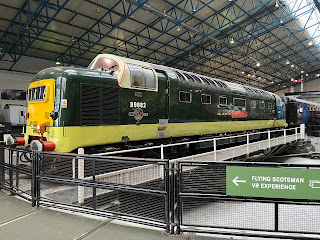My library pick this month was a spy story with a difference. It is Hamish MacGibbon's take on his father James' spying activities in WW2. He was a British intelligence officer who confessed on his deathbed that he leaked details of Allied intelligence to the Soviets.
James MacGibbon was born in Glasgow, the youngest son of Rev James MacGibbon, minister of Glasgow Cathedral. He was educated at Fettes College, a traditional English public school, even if based in Edinburgh. He doesn't appear to have been politically active in his youth, and his middle-class background was not typical of Glasgow communists of the period. However, like many of his era, he was horrified by the Spanish Civil War and his contact with Nazi Germany working in the publishing industry.
He joined the Communist Party with his wife, Jean, in 1937. At the outbreak of war, he was commissioned as a second lieutenant and was posted to the Intelligence Corps due to his fluency in German. In the spring of 1941, he was posted to the War Office in MO3 (Military Operations, Section 3). In June 1944, he was posted to the Combined Chiefs of Staff in Washington. In these roles, he had access to many Allied plans and intelligence of German plans. The Allies did not always share the details of their knowledge with the Soviets, partly because liaison officers were politically hostile to the Soviets and partly because they wanted to protect the existence of ULTRA.
James was particularly outraged at not sharing the German order of battle, which would be of critical value to the Soviets when they were incurring massive losses. He, therefore, made contact with the Soviet Embassy and began sharing this intelligence. His codename was 'Dolly' and later 'Milord', and he was run by the GRU, while another British spy, John Caincross (Cambridge Five), was handled by the NVKD. It is clear from Soviet intelligence archives that his reports were seen by Stalin and his close circle and were highly valued. His leaking of the Overlord plans had the positive effect of convincing Stalin that the Allies were serious at the Tehran conference. Bizarrely, the closest these plans came to being leaked to the Germans was due to the lax security in the British embassy in Ankara (Cicero).
James MacGibbon rejoined the Communist Party after the war when he returned to publishing. His house was bugged, and he was interrogated by MI5. However, he didn't spy for the Soviets despite approaches and wouldn't have had anything worthwhile to send anyway. He kept the secret until his deathbed.
While technically treasonous, James believed his espionage was the act of a British patriot. A view his son shares. I may have done the same (perhaps not Overlord plans but probably the ORBATS), but others will disagree. The book has a lot about his personal life and the whole back story, which pads the story from what could be told in an article. However, you can skip through that to get to the meat of the story.
















